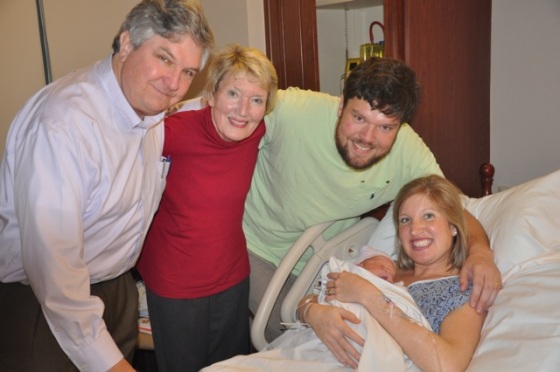Voted the Best Place to See by Condé Nast Traveler.

by George W. McDaniel, Executive Director
For many people, conventional history, principally because of the way it’s taught in school, is boring. Too often, the teaching of history focuses on facts and dates and does not connect to people on a personal level, with the result that history is seen as an abstraction. In addition, people are so caught up in everyday life and the rush to get things done that it’s hard to step back and see ourselves within a continuum of time.
At Drayton Hall, history is stamped on the landscape. People walk through a house built by real people 275 years ago with designs that harken back to the Italian Renaissance and earlier, to ancient Roman and Greek architecture. The very form of the landscape itself was shaped by the hands and minds of people over succeeding generations. If these walls or trees could talk, they would tell real stories about real people who lived and worked here.

From left to right: George McDaniel, his wife Mary Sue, son Jamie McDaniel, and daughter-in-law Liza McDaniel holding baby Allen Stuart.
This reality that historic sites give history was recently brought home to me all the more. My son Jamie and his wife Liza were expecting their firstborn in December, a baby boy. In November, Jamie and I were out hunting marsh hens with our beloved yellow lab Georgia, who at 13 was still leaping from the bow of the boat to retrieve the downed birds. Jamie was telling me about possible names and said he and Liza had selected Allen Stuart McDaniel—Allen for Liza’s maternal grandfather, and Stuart, my brother and an old family name. The Stuart Place belonged to my ancestors since around the 1820s when they left Virginia to settle in Georgia south of Atlanta. When Jamie was growing up, we used to go to Stuart Place and go camping and hunt wood ducks. So the name Allen Stuart is full of family connections. But it is still just a name, an abstraction.
On Dec. 6, Liza gave birth, and my wife Mary Sue and I went to the hospital to see the newborn. Looking at a baby is, in fact, looking at a miracle. I looked at his tiny hands and fingernails, and could see him looking about with curious eyes at his new world. As I held the boy, the name Allen Stuart was no longer an abstraction. It was real.
In a way, that’s what historic sites are like. Drayton Hall is tangible and has character. The site has changed and grown over time, and that’s why historic sites are so critical. They convey a power of place. At Drayton Hall, history really did happen here. William Henry Drayton discussed the cause for Independence with his father in this house, and perhaps with his uncle Lt. Governor William Bull, a Loyalist. After South Carolina’s secession, the Draytons thought the war was going to be quick and easy. For the enslaved people, whose ancestors had worked here for over a century, freedom came here, and their chains were loosened.
For Drayton Hall, as history changed, so too were the house and landscape. Yet because of our preservation philosophy, there is always something new to learn about that history. There’s always a new chapter in the story. That’s the power of historic sites; history happened here, and we continue to discover new things about what happened long ago. We are able to not just read about history, but to see where it actually occurred.